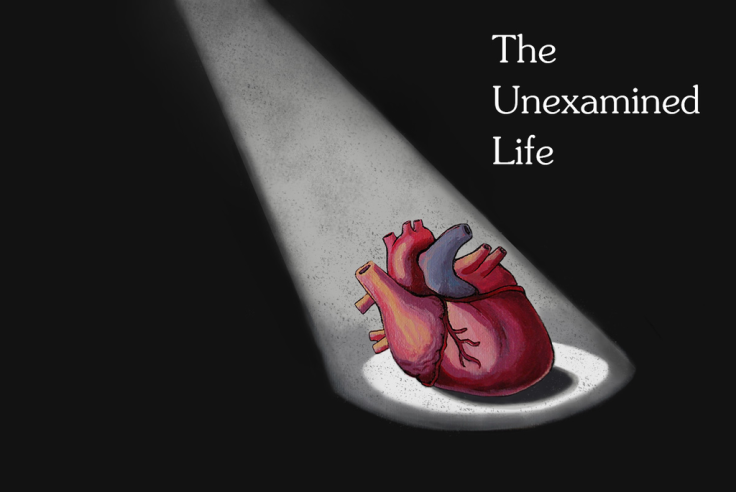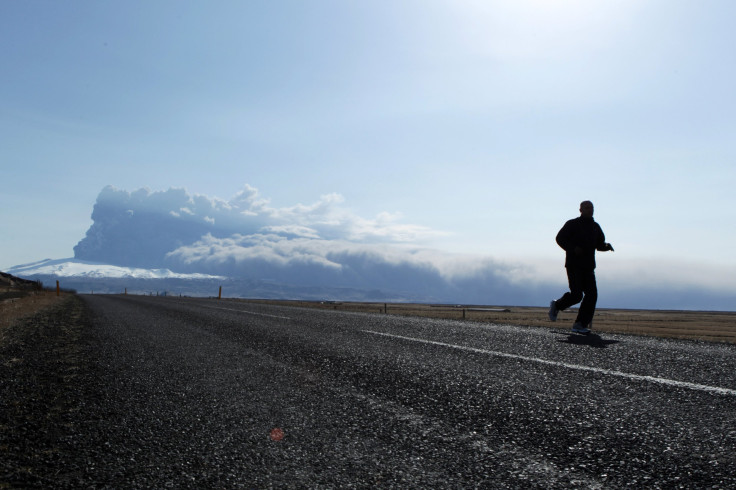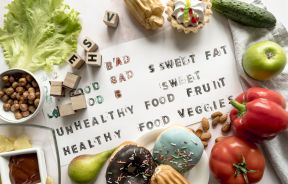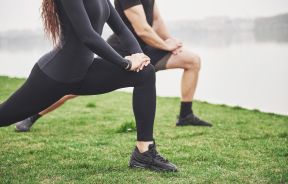When You Lose Weight, Where Does It Go?

Wobbly and out of breath, you jab at the button on the treadmill that makes the machine come to a stop. Finally, it’s over. You completed your workout and can now retreat home to grab a shower and complete the ritual of stepping onto the bathroom scale — your fate all but sealed in the buckets of sweat released over the last hour.
The read-out confirms your hopeful anticipation: You lost 3 pounds. But being your curious self, you begin to wonder where those 3 pounds went. There’s no way you lost 3 pounds of water weight, you think, so how else could it have escaped? Where did the weight go?
Breathe In, Breathe Out
As we try to settle in to the complicated and mind-numbing cycle of eating well and exercising regularly, it’s easy to forget the simple fact that our bodies are fuel-burning machines. Like cars that thirst for gasoline, they run on the energy and nutrients in the food we eat. A series of complex chemical reactions turns an entire pizza (you monster) into various forms of energy that get released and burned off, depending on the food’s nutritional make up and how much of a demand you put on your body.
“So, if we are riding a bike, we are essentially transferring some of ‘our’ energy to the bike, which is what propels the pedals around against a resistance,” explains Dr. Beau Greer, director of the Exercise Science and Nutrition M.S. Program at Sacred Heart University. “However, the majority of energy used in a biking session — or any exercise session — is lost as heat.”
More specifically, you can thank the citric acid cycle, or, the Krebs cycle (as my inner biology student somehow remembers it), for this energy expenditure. As you take in food, the various fats and carbohydrates composed in the food sliding down your gullet get digested and turned into a form of chemical energy called adenosine triphosphate, or ATP. ATP does lots of different things. It helps cellular metabolism, respiration, and locomotion. It’s also what lets your muscles, both the internal and external ones, contract. (It’s so versatile and essential that scientists call it the “molecular unit of currency.”)
At the tail end of this energy burn are certain forms of waste, similar to the exhaust spewed out by your car. Only, your body isn’t giving off pollutant gas, but steady emissions of urine, feces, and, to a lesser extent, sweat. But there’s something else going on there, too. In addition to the tangible act of breathing — a sure sign of a well-oiled Krebs cycle — your body is giving off heat. That, Greer says, is where the weight goes.
“We expend energy at all times,” he says. “Rest, exercise, and all times in between — the difference is solely the rate of expenditure.” When you get your heart pumping like mad during aerobic exercise, very little of the energy you produce gets directed toward the specific activity. “For reference, if you burn 100 calories in a biking session, only about 20 calories of energy was needed to actually move the pedals. The remaining 80 calories expended went to heat production.”
Heat isn’t the only factor, however. As you exercise, you are constantly taking in air to bring oxygen to your muscles. The end result of this is the equal and opposite act of expelling carbon dioxide. With every lumbering stride on the treadmill, you exhale a plume of carbon dioxide whose molecules are heavier than the oxygen molecules your body consumed during energy production. So, at the same time you’re burning the energy, you’re literally also exhaling your weight.

Clean Eating For Calorie Burns
This should make sense if we reverse-engineer common health advice. We do cardio because it “burns fat.” But the reason it burns more fat than doing nothing is that our bodies undergo aerobic respiration to produce more ATP for energy, rather than something else, like sulfate or nitrate.
In this sense, metabolic functions don’t really need exercise at all. Most of the energy we burn throughout the day is done while we’re at rest anyway, Greer says. “This is why I love the Men's Health-type snippets that show some 500-calorie junk food and then say how many minutes of stair-climbing you would have to do to burn it off. It's true, but you could just lie on the couch for seven and a half hours and achieve the same effect!” It all depends on how quickly you’d like to burn off those 500 calories.
Gaining or losing weight is the difference between how many calories you take in versus how many you use. Partially influencing this second number is a person’s basal metabolic rate, or BMR. It refers to the number of calories someone will burn over a given period without any special energy expenditure. Some people, like the string beans who can eat all day and not gain a single pound, have very high BMRs. As machines, their bodies burn through their fuel a lot faster than everyone else’s, meaning that to maintain a certain weight, they have greater caloric demands.
For most people, or at least the 69 percent of the U.S. who are obese or overweight, the goal is to increase their BMR. Exercise is one option, and anaerobic exercises like weightlifting in particular because they build lean muscle mass. When we are at rest, most of our energy comes from fat-burning, rather than the carbohydrate stores we recruit during aerobic exercise. The more we can build lean muscle, in other words, the greater our BMR will be.
Eating cleaner also helps, says Marissa Lippert, a New York-based dietitian. “If you’re eating whole fresh foods versus more processed foods, your body works more efficiently and it’s going to burn calories the right type of way, meaning it can burn energy consistently at a slower, steadier pace.” With a more refined diet, calories get used up much more quickly and your blood sugar drops, sending your metabolism, as Lippert says, “out of whack.”
This is why both diet and exercise are important. You can’t just kill yourself on the treadmill. Without the right food to power the machine that is your body, the whole system runs worse and you won’t have to wonder where the weight went, because it never left.



























